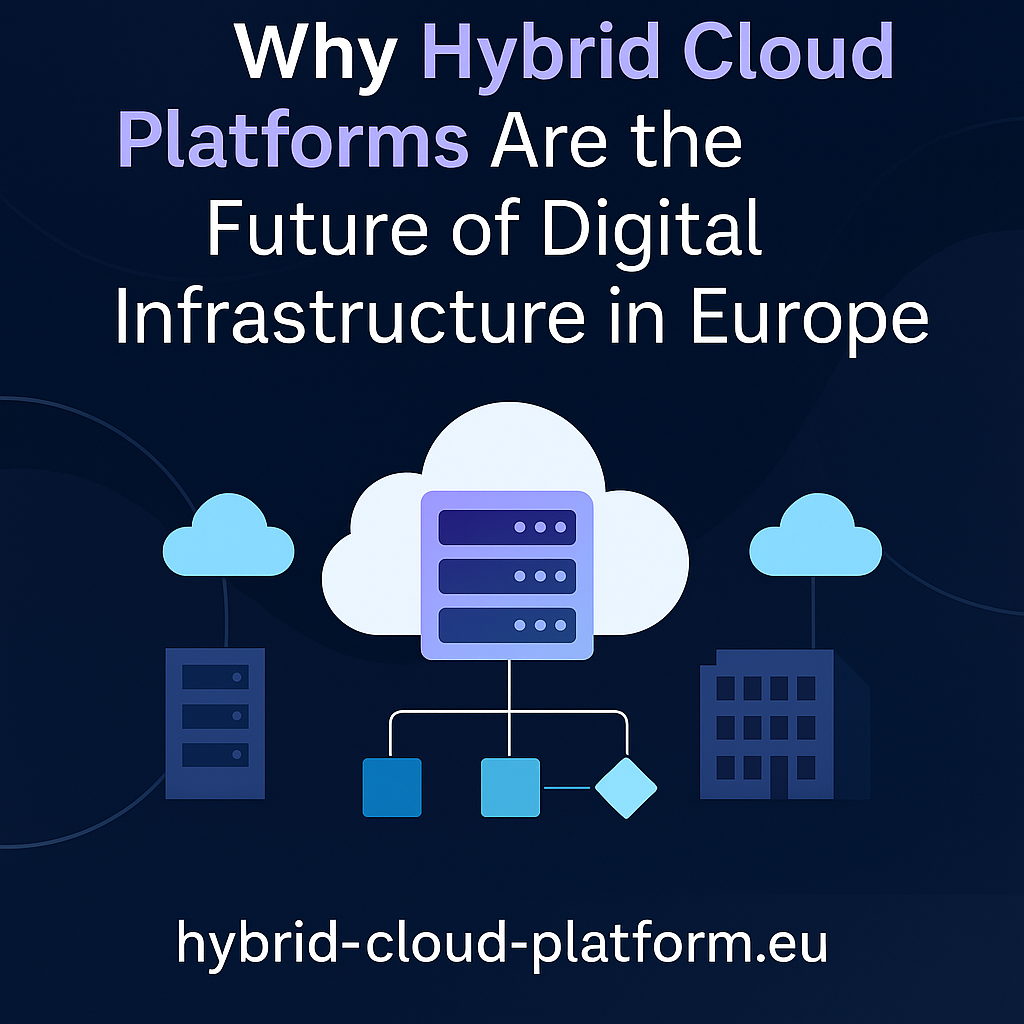How the Hybrid-Cloud Model Sparks Innovation in European SMEs

How the Hybrid-Cloud Model Sparks Innovation in European SMEs
Hey there, tech enthusiasts! Today, I want to dive into a topic that's been buzzing around the tech community lately. It's all about the hybrid-cloud model and how it's becoming a game-changer for small and medium-sized enterprises (SMEs) across Europe. If you're an SME looking to stay competitive and innovative, this might just be the key to unlocking your potential.
So, what's the deal with hybrid-cloud, you ask? Well, it's a blend of both public and private clouds, giving businesses the flexibility to manage their data and applications. Imagine having the ability to choose where your data lives and how it's accessed, all while keeping it secure. This kind of flexibility is a real boon for SMEs, which often juggle limited resources and the need to stay agile.
One of the major perks of going hybrid is the sovereign cloud aspect. For European companies, data sovereignty is crucial. They need to ensure that their data complies with local regulations like GDPR. With a hybrid-cloud setup, SMEs can store sensitive data on private clouds within the EU, while leveraging the scalability of public clouds for less sensitive workloads. This means they get the best of both worlds: compliance and efficiency.
And let's talk about portability for a second. You know how frustrating it can be to switch between different cloud providers or platforms, right? The hybrid-cloud model simplifies this process. It allows SMEs to move applications and data seamlessly between environments without getting locked into a single vendor. This portability means more freedom and fewer headaches as businesses grow and evolve.
In terms of innovation, the hybrid-cloud model opens up a world of possibilities. With access to cutting-edge technologies and tools available in the cloud, SMEs can experiment and innovate without hefty upfront investments. They can scale resources up or down based on their needs, fostering a culture of experimentation and rapid development. This agility can be a significant competitive edge in today's fast-paced market.
If you're interested in diving deeper into how hybrid-cloud can transform your SME and want to explore more about cloud solutions, I'd recommend checking out LayerOps. They have some fantastic insights and resources on hybrid-cloud, sovereign cloud, and portability. Trust me, it's worth a look!
So, whether you're a tech-savvy entrepreneur or a curious reader, the hybrid-cloud model is definitely something to keep an eye on. It's not just a tech trend; it's a strategic approach that can empower European SMEs to innovate and thrive in an ever-changing landscape. Until next time, keep exploring and stay curious!
```